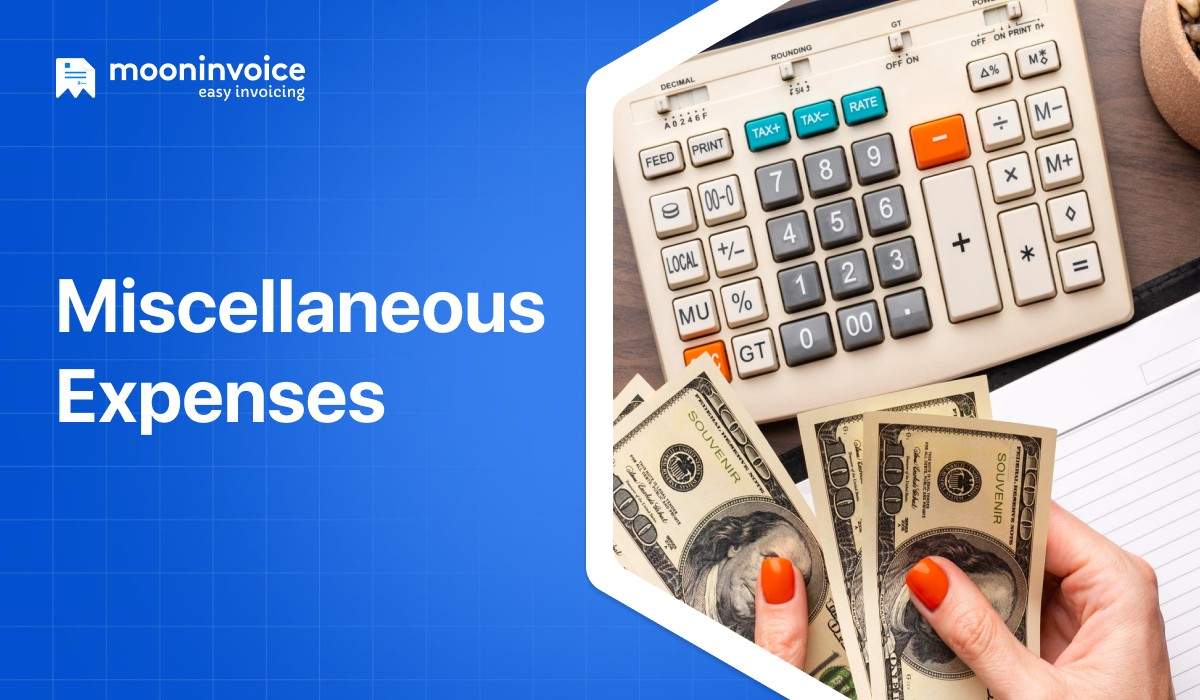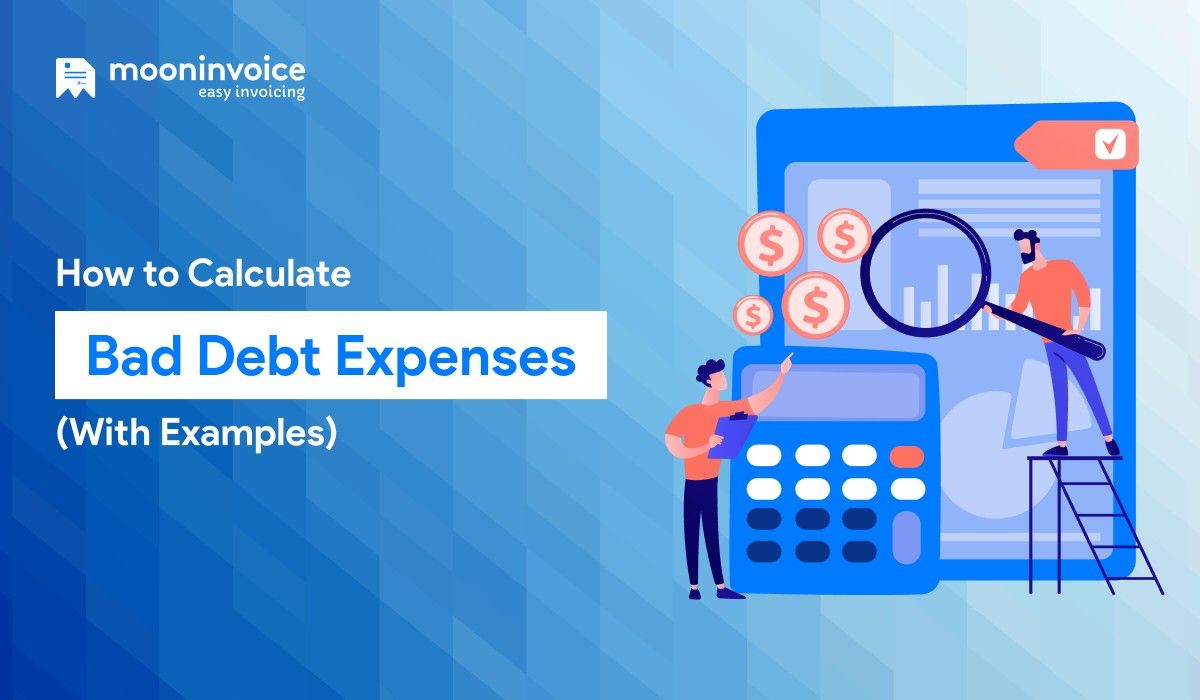Progress Invoicing Definition
Progress invoicing is a practice in which businesses send partial invoices to the client instead of one complete invoice upon completing different project phases.
Any business’s ultimate goal is to generate high revenue, so businesses should treat the billing part with full attention and care.
The billing part of a small project is easy. However, in the case of large-scale projects, companies often face major setbacks in cash flow management. Lengthy project duration, unexpected expenses, and payment delays are some common causes.
Progress invoicing is a core solution to this problem. It helps businesses gain the proper cash flow for the ongoing project to cover overhead expenses. Moreover, this invoicing represents transparency and keeps the client updated on the progress.
Well, this is just the tip of the iceberg, and there is much more information that you must know. It’s not a big deal! Read our words and understand as well, because we will unlock everything about progressive invoicing.
📌 Key Takeaways
- Progress invoicing always provides smooth cash flow during the entire project timeline.
- Construction, consulting, & designing industries majorly opt for progress invoicing.
- Progress invoicing enhances transparency, as the client has clear insight into what they are paying for during the long-term project.
- Progress invoicing leads to better project management, especially for lengthy projects.
💡Shocking Facts:
The market for progress billing software was valued at US$ 1.2 billion in 2014 and is expected to reach US$ 3.5 billion in 2033.
What Is Progress Invoicing?
Progress invoicing is an invoicing method in which a company takes payment from the client in different stages, not at the end of the project completion. Payments are always done in the form of a percentage or a flat price.
The service provider sends multiple invoices to the client as per the project’s phase completion. Progress invoicing is very common in long-term projects to better manage cash flow.
Keep the Cash Payment Flowing While the Projects Are Ongoing 🚀
Experience the next level of invoicing with Moon Invoice. Easy, Accurate, and Effective.
Where Is Progress Invoicing Mostly Useful?
Progress invoicing is always useful for different projects in different industries, as follows:
Software Development
Software companies that handle large projects can utilize progress invoicing. These tech firms invoice their clients according to the completion of the software project phase, such as designing, development, and testing.
Construction Industry
Builders and construction companies often use progress invoicing, as construction projects are long-term. Thus, companies can send the progress payment invoice upon completion of one phase, leading to a steady flow of payment.
Manufacturing Units
Progress invoicing is used in manufacturing companies because it involves different stages of product development. The typical stages are designing, obtaining materials, and finalizing the delivery. Professionals can send invoices according to these actions.
Event Management
The different phases of event management involve venue booking, completion of initial event promotions, and event execution. Thus, event companies can dispatch their invoices accordingly.
Purpose and Use Cases of Progress Invoicing
The major purpose of progress billing is to collect money to complete milestones in large-scale projects. This keeps the payment system active and keeps the business flowing.
Progress invoicing enhances business cash flow benefits by allowing the business to cover the material and labor costs. Additionally, it keeps financial risk at bay by enabling businesses to make partial payments, which is far better than no payments.
This kind of invoicing also supports better project management. Business owners easily cover the overhead and material costs, which are essential for the proper flow of large projects.
How Does Progress Invoicing Work?
Business professionals follow a systematic approach to issuing a progressive invoice, as this type of invoicing applies to a client’s long-term project with different stages.
Let’s go through the following steps to understand the progress invoicing strategy and create progress invoices:
1. Project Agreement
In the journey of progress invoicing, discussing and agreeing on milestones and payment is the first step that the company and the client take together. Both parties establish the project milestones and associated costs at the time of signing the agreement. The larger project is divided into smaller phases, each of which corresponds to a payment. The project agreement should cover estimating labor cost, required materials, and the project timeline.
2. Reaching the Milestone
At the project’s beginning, the company follows the process pipeline as per the agreement with the client and finishes the phases accordingly. The whole process follows the proper project schedule. On completing the phase and reaching the milestone, the business should keep the records in the form of images or reports.
3. Build and Invoice Sharing
On completion of the phase, the company creates an invoice while highlighting project details. An invoice should include the work completed, price, time spent on the task, and total due amount. Additionally, it should cover the invoice date, due date, payment terms, available payment methods, and authorized signature. The company should also provide multiple payment options to the client for a smooth payment scenario.
4. Invoice Review By Client
Upon receipt, the client cross-checks the invoice to ensure every detail aligns with the agreement. Once the details are up to par, the client proceeds with the payment. If the client experiences any discrepancies, immediate contact should be made with the company.
5. Continuous Invoicing
Once the company receives the payment, it moves ahead and begins to work on the next phase. In this phase, the invoicing process will be applied in the same manner till the whole project is completed.
Key Components of a Progress Invoice
Certain components differentiate a progress invoice from a standard invoice, which are listed below:
Project Overview: The progress invoice should always include a brief description of the project. It provides a brief overview of the tasks that the company completes.
Total Work and Percentage: This indicates the part of the project that the company completed, often represented as a percentage. For instance, if the company completed half of the work and achieved half of the total milestone, then the total work will be presented as 50%.
Previous Payments: This shows the previous payment from the client side in the earlier invoicing cycle.
Contact Information: Similar to standard invoices, a progress payment invoice should always cover the contact details of the service provider and the client.
Payment Terms: A progress invoice should always include the payment terms and conditions related to the billing.
Supporting Documents: Business professionals can attach supporting documents for better understanding and evidence. These documents can be progress reports or relevant images reflecting the project workflow and milestone achievements.
Benefits of Progress Invoicing

A smooth revenue stream is essential for the business, especially for handling large-scale projects. Progress invoicing plays a vital role in the same and offers value to the business through the following points:
Budgeting & Forecasting
Progress invoicing can provide projections for future revenue, profit, and expenses because it monitors the project. It also contributes to better financial management for the service provider and the client. Business owners have a clear idea of the achieved milestones and investments, so they can better plan the investment.
Enhance Transparent Invoicing
Progress billing offers transparency and helps retain clients by enhancing their satisfaction. Clients can clearly see the progress of their project and get an idea of what task they are paying for.
Reducing Financial Risk
By following progress invoicing, businesses easily overcome the risk of non-payment. They break the project into small stages and charge according to the completion of each stage. Thus, the business gets a steady cash flow for its projects.
Supporting Project Monitoring
Handling the billing of a large project is quite challenging, but progress invoicing simplifies it. Breaking large-scale projects into billing milestones eases progress tracking and clear expectations, keeping the project on schedule. Project stakeholders often verify the task completion percentage while utilizing SOVs.
Best Progress Invoicing Practices That You Must Follow
Different businesses can have different approaches to invoicing. However, the following general points are necessary to consider regardless of the nature and the company size:
Decide Billing Frequency
The billing frequency will vary depending on the project duration. You can decide the invoice frequency based on your project size and the company’s norms. A business can send an invoice upon completion of the milestone or on a fixed schedule.
Mention the Details
The progress invoice should cover every crucial detail. A typical invoice should include the percentage of completed work, the amount paid by the client, and the outstanding balance.
Keep Client Communication Active
Businesses can build client trust during the invoicing process by communicating with clients promptly. It is your responsibility to keep everything transparent and to keep the client updated about the latest progress and developments.
Clear About Terms and Penalties
Business owners should always outline payment terms like Net 30 or Net 60. If there are any penalties, then professionals should also mention them. This sets clear expectations for the clients.
Mention Documents
The business should attach supporting documents such as timesheets, material receipts, or progress photos to the invoice. This helps enhance the client’s understanding while providing the proper evidence.
💡Pro Tip:
Companies should always update their invoicing plan according to the changing scope of the project. This reflects the revised work and cost.
Progress Invoice Example
Let’s have a practical scenario where progress invoicing is implemented. This kind of invoicing is mostly applicable for large-scale projects, so let’s take the example of a construction company named NexGen Builders building a residential project with a total project budget value of $100,000 and an estimated timeline of 3 months.
Now, the billing structure is based on milestone achievement, so the company has divided the whole project into different phases. The company charges in accordance with the completion of these phases, while taking some part of the total budget in percentage form.
Taking the above consideration, the progress invoicing schedule will be as follows:
| Invoice # | Milestone Achieved | Invoice % | Invoice Amount |
|---|---|---|---|
| Invoice 1 | Initial deposit and contract signed | 10% | $10,000 |
| Invoice 2 | Foundation completed | 25% | $25,000 |
| Invoice 3 | Building a structure | 30% | $30,000 |
| Invoice 4 | Interior work | 25% | $25,000 |
| Invoice 5 | Completion & inspection | 10% | $10,000 |
Managing Progress Invoicing with Software
Invoicing software like Moon Invoice is an outstanding way to manage progress invoicing because it offers accuracy and speed. Businesses can streamline their progress invoicing and enjoy steady cash flow throughout their project cycle.
Using Moon Invoice, digital invoices can be created quickly. Furthermore, milestones and project payments can be tracked easily. Real-time reporting is another cherry on the cake that enhances transparency.
The software is easy to integrate with third-party software, which ensures proper consistency in billing, budgeting, and payroll systems. Users can quickly grab the result of the total amount, thanks to its auto-calculation feature. Professionals can reach more specific deliverable milestones for the wide range of projects with the software.
Overall, using the software is quite valuable for the business as it enhances transparency, boosts billing, and keeps the workflow organized.
Projects on Track & Billing on Time
Achieve your project milestones and invoice at the right time. Easy billing, healthy cash flow. 💸
Verdict
Adopting progress invoicing is very fruitful in the business, especially for those who deal with large projects. This approach enhances financial transparency and steady cash flow while covering operating costs. Moreover, it enhances the mutual understanding between the business and clients, as both track progress at the same level. In short, it leads to better budgeting with minimal dispute.


















